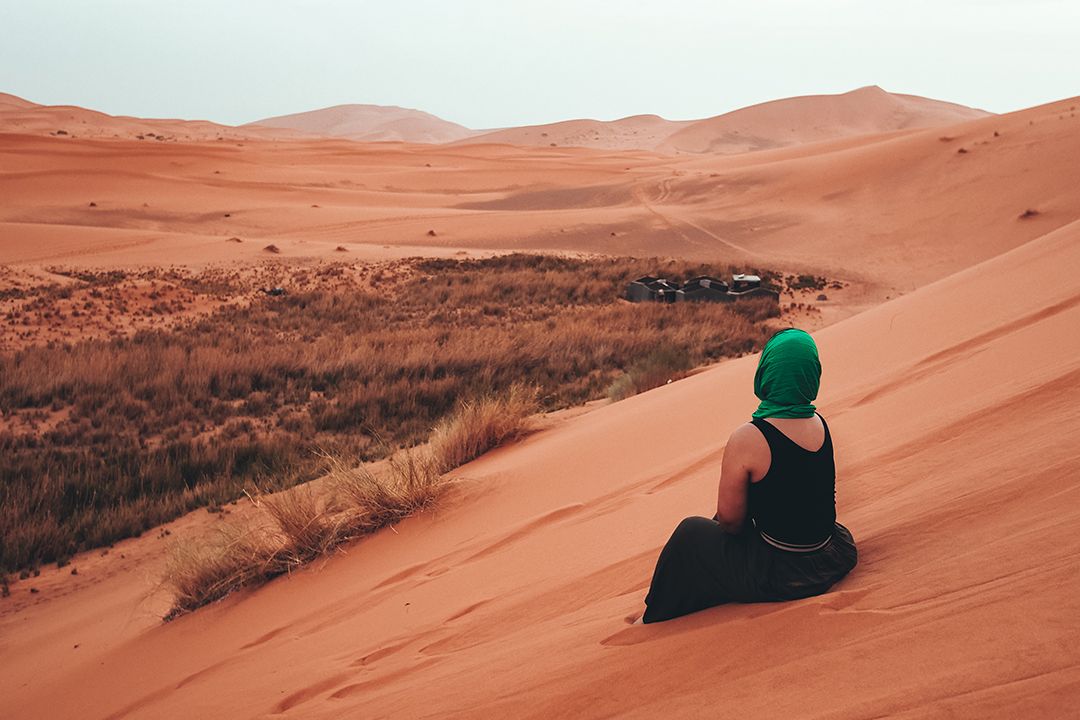If you’re seeking chills, thrills, and amazing views on your next trip, may we recommend Iceland or Norway? Both offer incredible scenery, hidden gem experiences, and unique food and culture, but how different are they, really? Answer: very! If Iceland vs. Norway has been all you can think about, we’re here to help.
| Iceland | Norway | |
|---|---|---|
| Capital city | Reykjavik | Oslo |
| National language | Icelandic | Norwegian and Sami |
| Popular attraction | Hot springs | Fjordsnzanella |
| Must-try dish | Icelandic lamb | Brunost, or brown cheese |
Iceland
What type of traveller is most suited to Iceland?
The Land of Ice and Fire is known for its rugged terrain and incredible natural beauty. That being said, if you’re looking for a more relaxed, beachy vacation, Iceland may not be for you! While temperatures tend to be much milder than the country’s name would suggest, even the warmest summer days tend to hover at around 20 degrees celsius. If you’re looking for a trip spent exploring truly unique cities and untouched nature, Iceland could be calling your name.
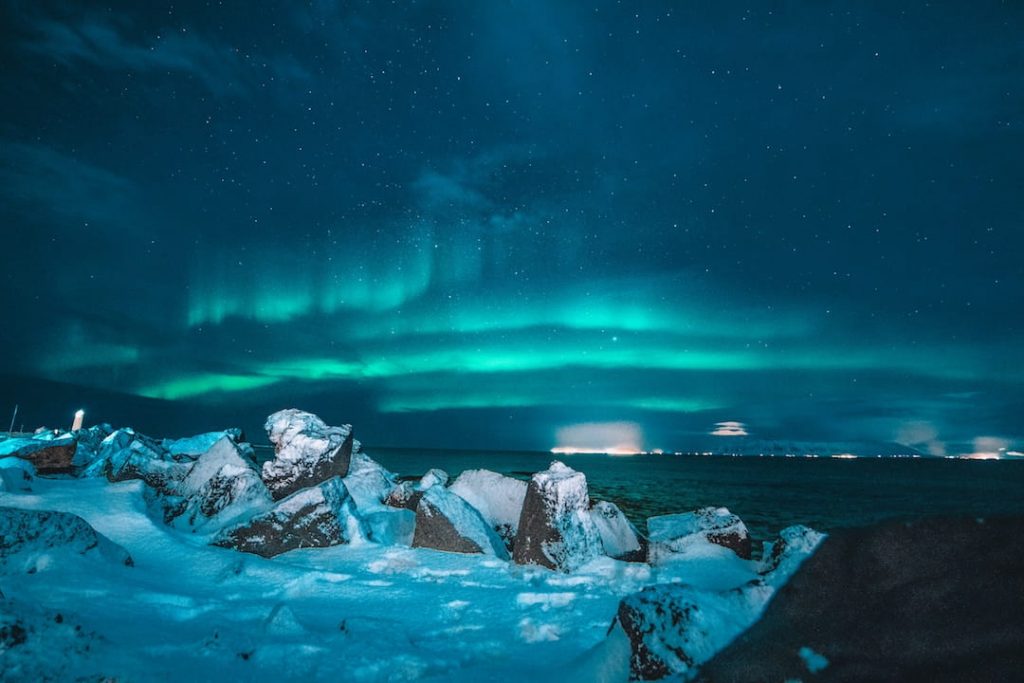
The best time to visit Iceland
The best time to visit Iceland depends on what you’re looking to do while you’re there. For warmer weather and the famous “midnight sun” (a period of time when the sun never sets), visit in July or August. However, if you’re chasing the Northern Lights, February and March, as well as September and October, are your best chances.
Highlights
Reykjavik
Iceland’s largest city is also its capital, and Reykjavik is home to endless possibilities for relaxation, exploration, and experiences uniquely Icelandic. With dozens of museums, ranging from the kid-friendly (museums showcasing Iceland’s history and nature, such as the Whales of Iceland museum), to the… not so much (like the Iceland Phallological Museum.) Reykjavik also boasts great restaurants, shopping, and nightlife: no matter what you’re seeking in Iceland, you’ll probably find it in Reykjavik.
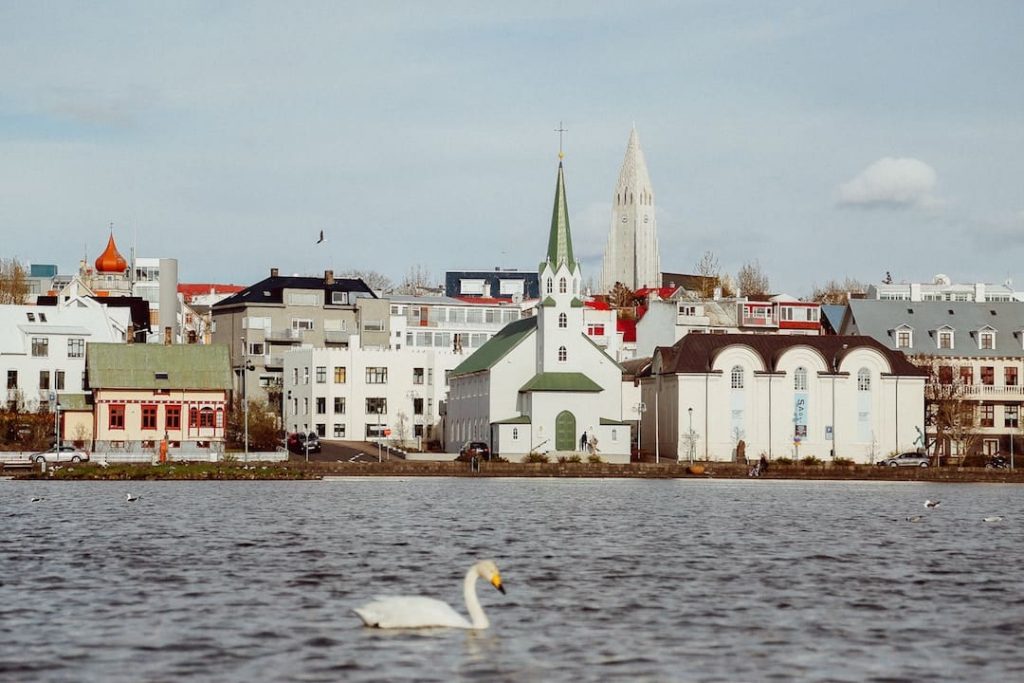
Akureyri
This city sits at the base of Eyjafjörður Fjord, in the north of Iceland. While the pace here may be slightly slower than Reykjavik, that doesn’t mean there isn’t still plenty to do! The city is famous for its botanical garden, which contains nearly every plant found naturally in Iceland, as well as 7,000 other species of plant. Take in a show performed by The North Iceland Symphony Orchestra, explore a Medieval trading place preserved in time, or take a ferry to Grimsey Island, home to one hundred people, and one million seabirds.
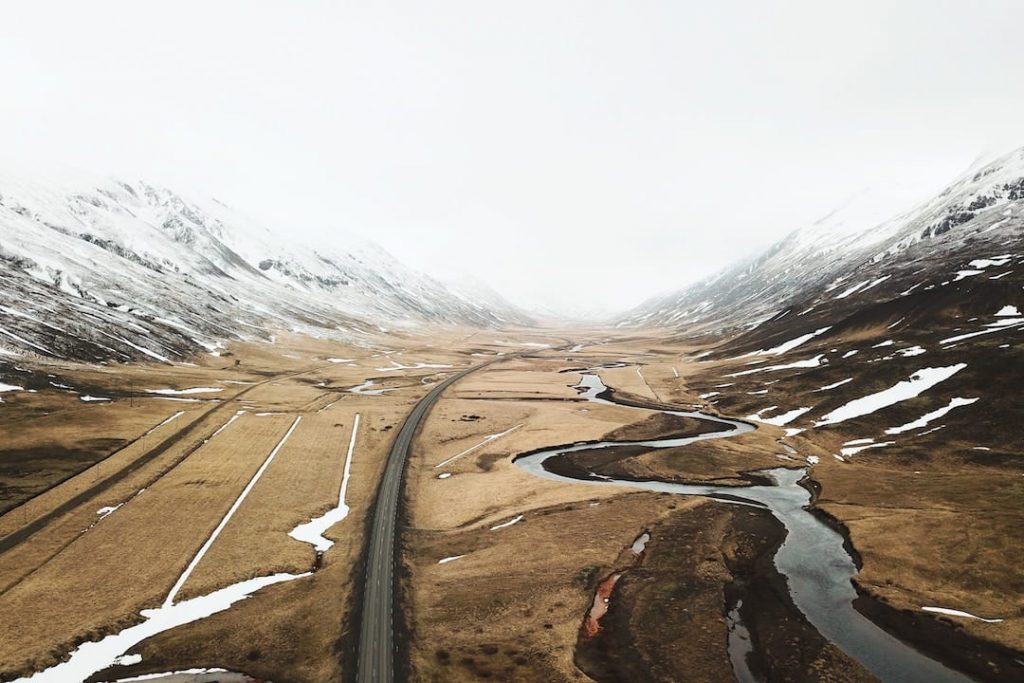
Húsavík
On the shores of Skjálfandi Bay sits Húsavík, home to just over two thousand locals and countless adventures. The area is famous for its hot springs, so come prepared to take a dip and experience their healing powers for yourself. Húsavík also offers opportunity for horse riding, golf, hiking, and birdwatching. Keep in mind, though, that since Húsavík is a smaller town, certain amenities, such as restaurants, are limited in the off-season.
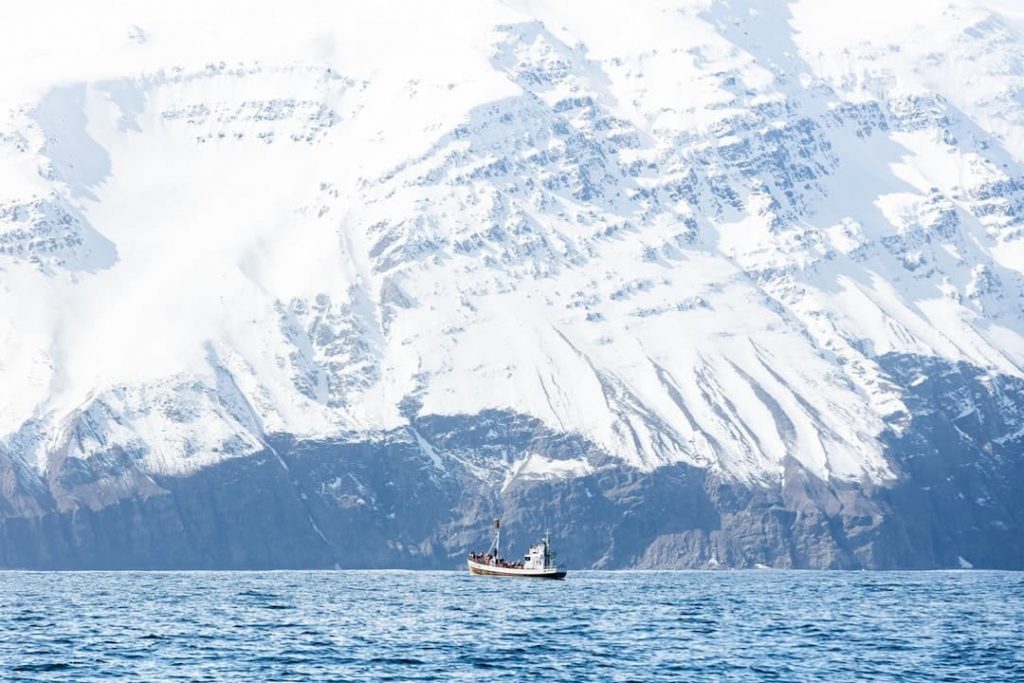
Must-try dishes in Iceland
Humar
If you’re a seafood lover, you’ll be thrilled with what Iceland has to offer! Historically, the Icelandic people have relied on the sea for food, as the landscape isn’t always the best to grow produce. Humar, or Langoustine, is Icelandic lobster that, while smaller than other lobster species, is full of flavour.
Laufabrauð
A special occasion dish, leaf bread, or Laufabrauð, is a traditional flatbread most often eaten during the Christmas season. Intricately designed and then fried in mutton fat or oil, these crispy treats bring Icelandic families together during their long winters.
Snúður
This decadent pastry is Danish-influenced and amazing. A type of cinnamon roll, Snúður is popular amongst locals and visitors alike. Dough baked with spices like cinnamon and cardamom and then topped with melted chocolate or another sweet glaze makes up this amazing treat. Snúður is perfect to share, but we won’t blame you if you keep it all for yourself.
Local Experiences
Waterfalls
Iceland is home to over 200 waterfalls. In the summer, when conditions are good, making a trip to hike the area surrounding one can be almost as rewarding as getting the perfect shot of all that water crashing down.
Our top picks:
- Seljalandsfoss, on the south coast
- Goðafoss, in the Northeastern Region
- Gullfoss, in the Hvíta glacier river in south Iceland.
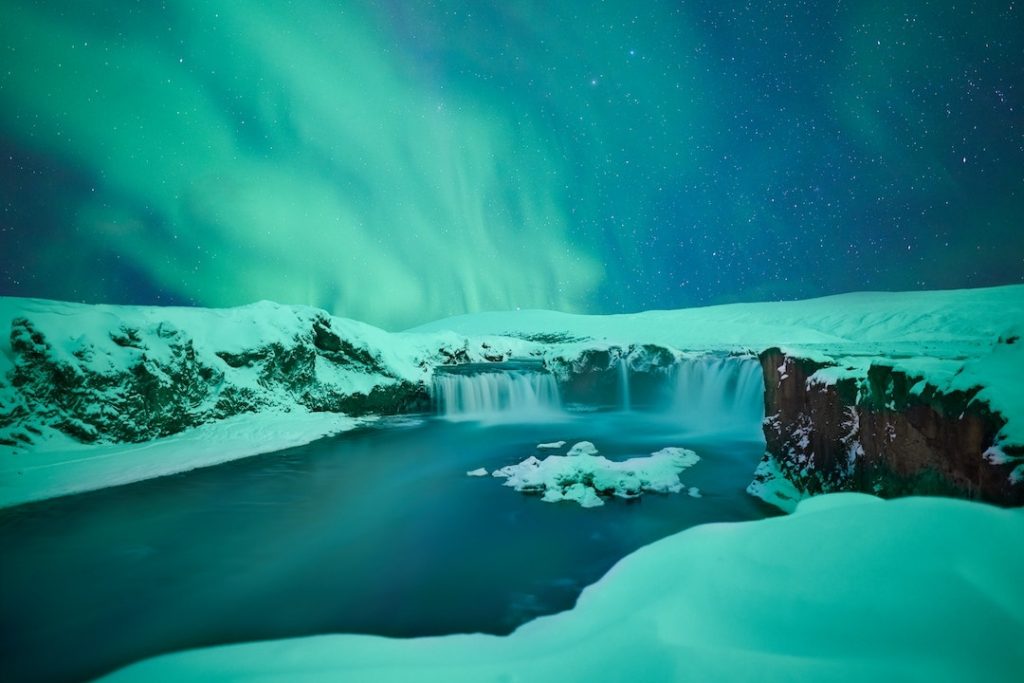
Hot Springs
No trip to Iceland would be complete without a dip in one of the country’s famous hot springs! The Icelandic people claim this essential part of their culture has countless benefits, including improved circulation, a boosted immune system, and reduced stress. Pick a popular, established on in a city, or venture a little off the beaten path to find a hidden gem.
Our top picks:
- Blue Lagoon, Reykjanes
- Laugardalslaug, Reykjavik
- Secret Lagoon, Flúðir
Norway
What type of traveller is most suited to Norway?
If you’re after incredible nature, scenic hiking, and a unique culture, Norway may just be the place for you. Keep in mind that, like Iceland, Norway doesn’t tend to get as warm as some other destinations, so if you’re looking for a place to work on your tan, you may have to look elsewhere.
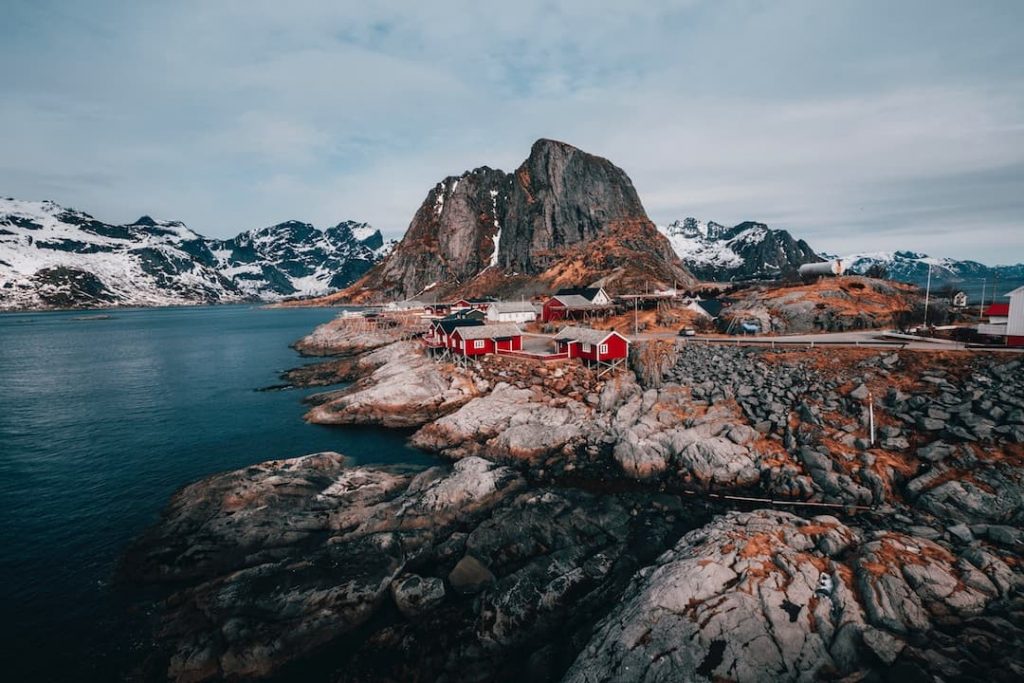
The best time to visit Norway
If you’re chasing the midnight sun, June to August is the best time to visit Norway. However, you may have to deal with larger crowds at popular destinations. The shoulder seasons are the months of May and September: the weather will be cooler, but most attractions will be less busy. If you’re willing to brave the cold in search of the Northern Lights, you should plan your visit for January or February.
Highlights
Ålesund
This port town on the west coast of Norway is home to dozens of unexpected sights. Most of the town burned down in 1904, and was rebuilt in the most fashionable style of that era. Because of this, Ålesund is one of the best-preserved examples of the Art Nouveau architectural style. Explore the nearby Geirangerfjord, check out the Norwegian aquarium, or visit one of Ålesund’s many museums. If you happen to visit on the anniversary of the 1904 fire, you can even take a walking tour that follows the blaze’s path.
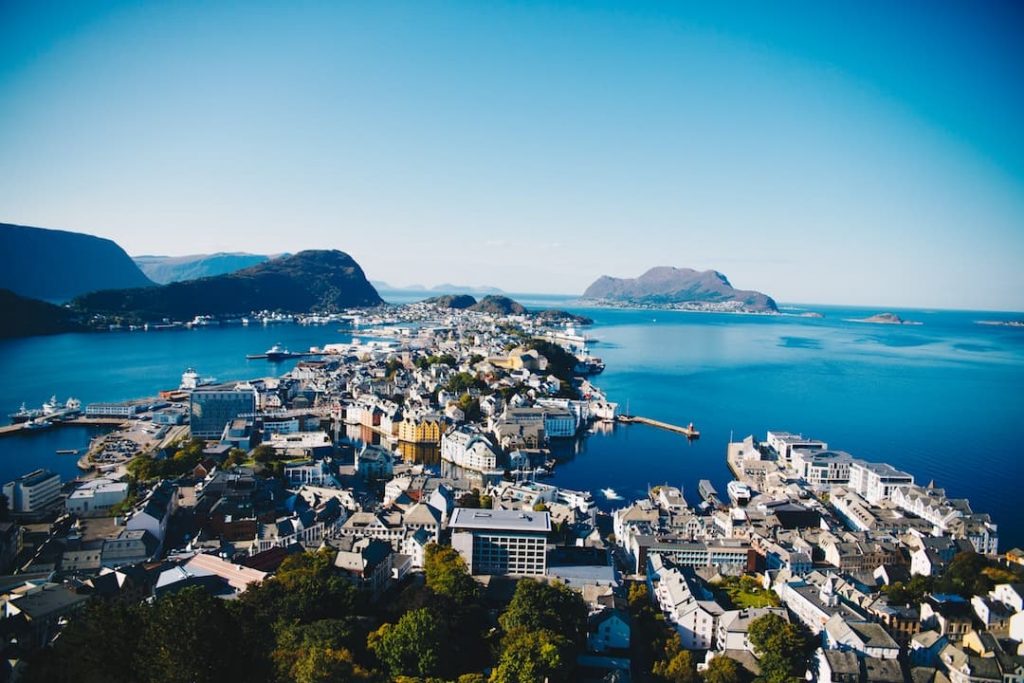
Svalbard
One of the world’s northernmost inhabited areas, Svalbard may not be for the faint of heart, but it’s the perfect place for adventure seekers. Live like a local and try your hand at dog-sledding or summer hiking, or see if you can spot one of the many polar bears that call this place home. In the winter, Svalbard is an amazing place to watch the Northern Lights, as its remote location can mean less light pollution and better visibility.
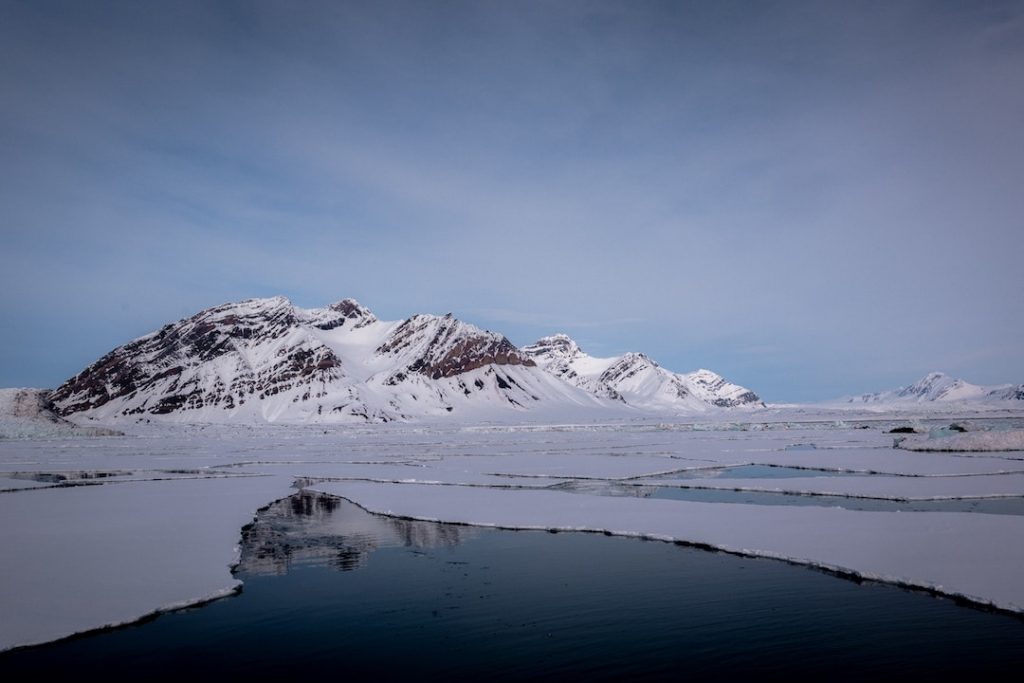
Oslo
Oslo, Norway’s capital city, is an all-season destination. Whether you’re looking to dip your toes in a public pool on a warm day, or dive in and explore the city’s culture at one of many museums that showcase everything from history to offbeat art and even the world’s largest collection of miniature bottles! For city-slickers and wilderness explorers alike, Oslo won’t disappoint.
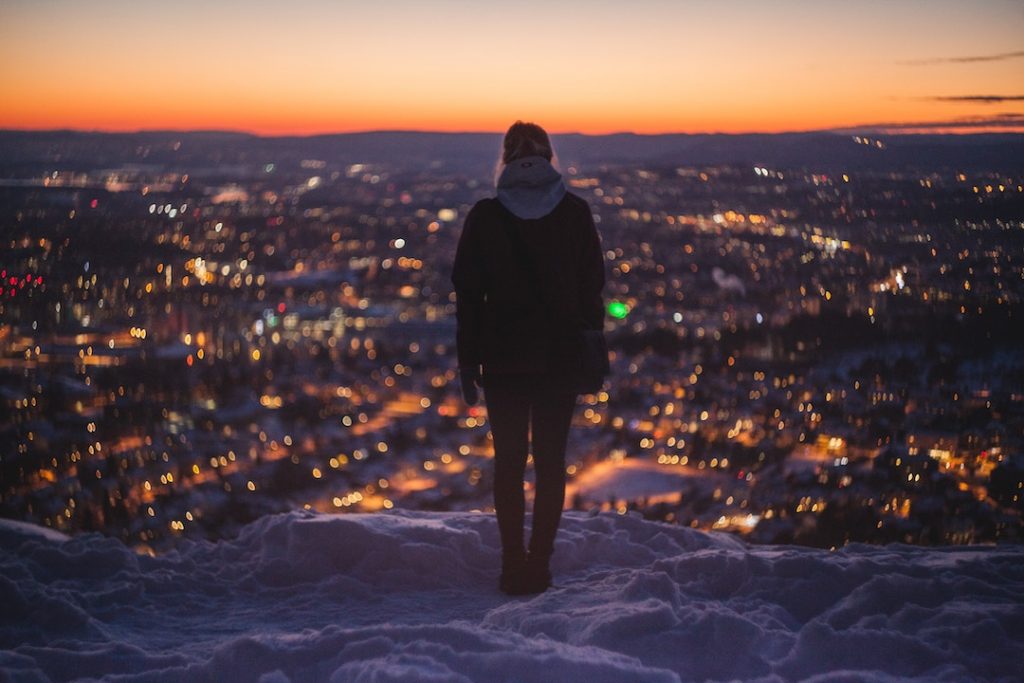
Must-try dishes in Norway
Lefse
A flatbread traditionally prepared with potatoes, lefse is generally enjoyed around the holidays. However, this popular dish has many forms, and can be found in grocery stores and cafes year-round. Try it sweet, with cinnamon sugar, or savory, with ham and eggs.
Rakfisk
One for the daring at heart, rakfisk has been described as “the world’s smelliest fish.” Prepared by salting and fermenting fish (usually trout), and then eaten without cooking, rakfisk is traditionally served on lefse with sauces such as sour cream. A word of warning: due to the nature of the dish, those who are pregnant are advised to sit this one out.
Pinnekjøtt
Pinnekjøtt, or “stick meat,” is another holiday specialty of Western and Northern Norway. Consisting of individual ribs of lamb or mutton cured, dried, and occasionally smoked, Pinnekjøtt is traditionally served with mashed swede and potatoes.
Local Experiences
National Parks
Norway is home to 46 national parks and 3,000 protected areas. Although almost 85% of Norway’s national parks being mountain ranges, there are also marine areas, fjords, and opportunities for all kinds of adventures.
Our top picks:
- Seiland, in the north
- Lomsdal-Visten, on the west coast
- Raet, Southern Norway’s national park.
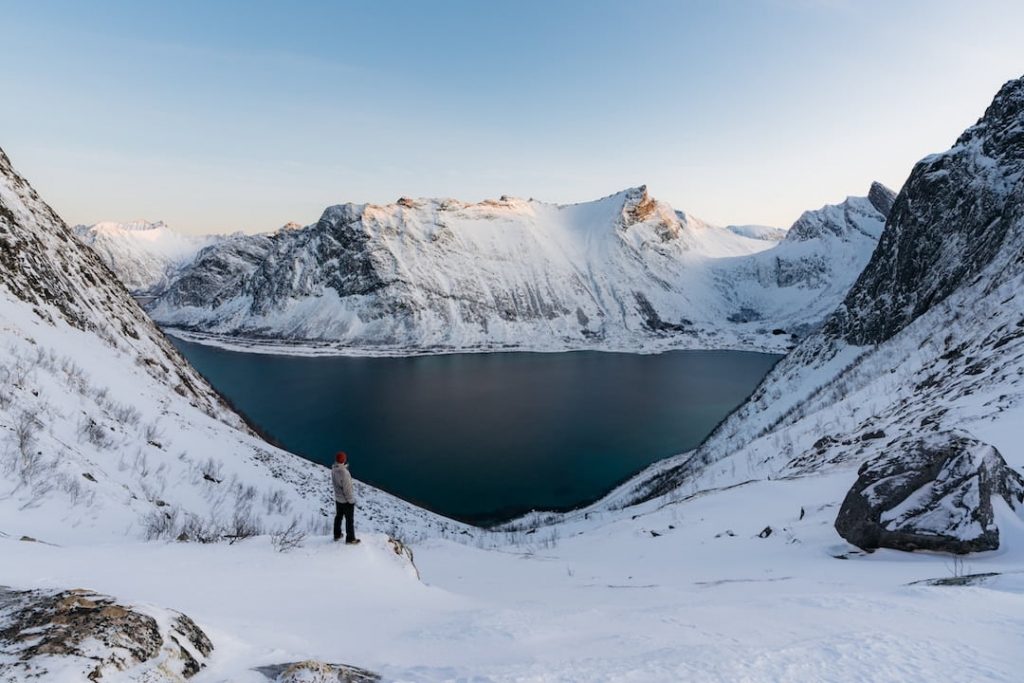
Train Journeys
One of the best ways to see Norway is via train! The country houses a well-equipped rail system, and the journeys between cities can take multiple days. This means you have the opportunity to see everything Norway has to offer, from bustling cities to serene valleys and everything in between.
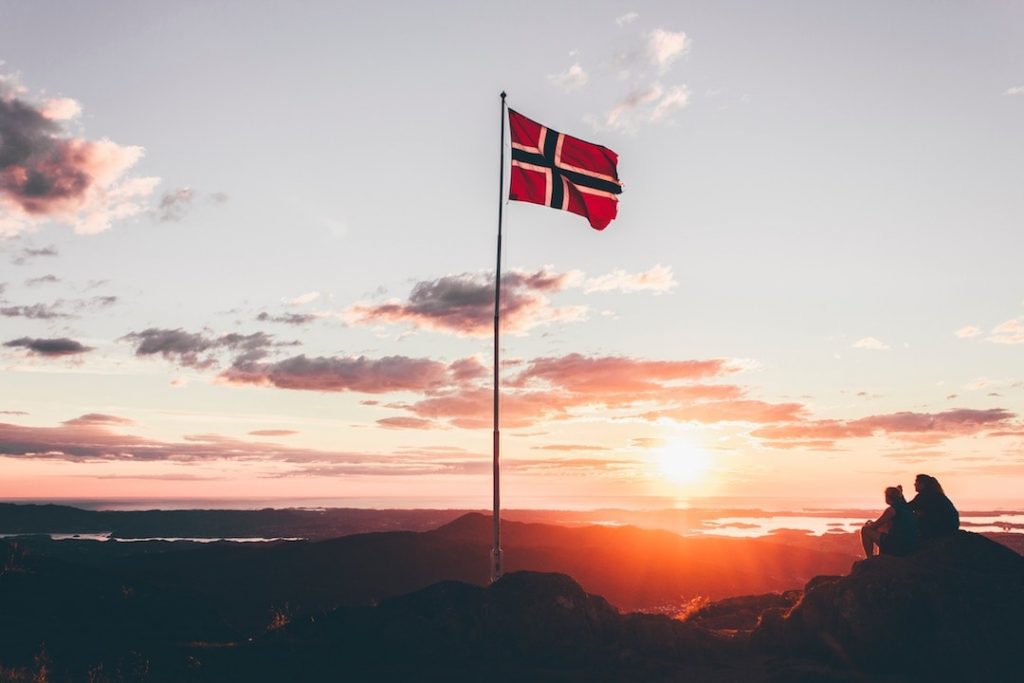
Whether you’re planning a trip, looking for inspiration, or just daydreaming about your own icy adventures, we hope this guide has been helpful. Keep in mind that, no matter which destination you choose, you can always journey to the other next time!
Have you been to Iceland or Norway? Which would you choose? Let us know!


